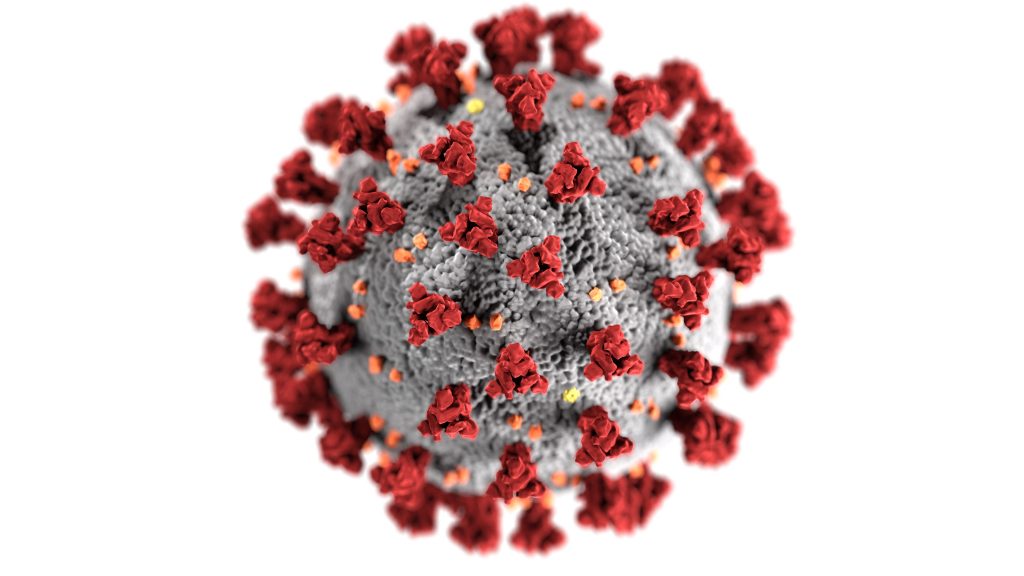The Centers for Disease Control and Prevention (CDC) recently updated its list of risk factors for developing a serious illness after exposure to the coronavirus. Until that update, the CDC advised the public that individuals who were 65 and over had an elevated risk of suffering severe illness or death from COVID-19.
The update reflects a recognition that no magic age causes individuals to be at greater risk than others. Many people who have reached the age of 65 are active, have a strong immune system, and do not suffer from the medical conditions that often require a COVID-19 patient to be hospitalized.
That is not to say that age is irrelevant to the risks associated with a coronavirus infection. The risk of developing a serious health condition increases with age. However, resistance to infection typically begins to wane at age 50, well before society begins to classify adults as seniors.
The risk of hospitalization due to COVID-19 is largely correlated with underlying health conditions, particularly those that compromise the immune system. As people age, they are more likely to suffer from the health conditions that make individuals vulnerable to COVID-19. A senior who is in good health, who exercises, and who suffers from no chronic health condition may be at less risk than a younger person who is obese, pregnant, or coping with a disease that afflicts the immune system.
The CDC’s update recognizes that everyone who is exposed to the coronavirus is at risk of becoming seriously ill, regardless of age. All people should therefore avoid crowds, wear masks in public, wash their hands frequently, stay at home if they don’t need to be in contact with others, and practice social distancing if they must leave home.
Ageism and Health Concerns
The CDC’s update may have been motivated by calls to resist stereotypes of seniors as frail or unable to take care of themselves. Ageism may be responsible for focusing public attention on the need to protect the elderly when, in fact, all members of society require protection during a pandemic.
Ageism is generally defined as “stereotyping, prejudice, and discrimination against people on the basis of their age.” Like racism and sexism, ageism reflects negative assumptions about people because of a single characteristic (age) rather than treating each person as a unique individual. Those assumptions include the perception that older people are frail, cognitively impaired, or no longer living productive lives.
Ageism is reflected in the attitude that older people are not a vital part of society and are therefore less worthy of attention or resources than younger people. Ageism is responsible for discrimination against older people in employment, housing, and access to goods and services. Ageism leads to elder abuse and to the neglect of seniors by devaluing their lives.
Ageism may be a more significant threat to the health of seniors than COVID-19. Like everyone else, seniors can take active steps to protect themselves from an infection. Protecting against ageist attitudes is more challenging.
A recent study by the Yale School of Public Health found that “age-based discrimination is linked to poor health outcomes in elderly people.” The study examined structural ageism, or institutional bias against the elderly that is reflected in the actions of government, the healthcare system, and schools.
Structural barriers to healthy aging include an institutional unwillingness to devote health resources to seniors and the exclusion of older people from clinical trials. While age discrimination in employment is unlawful, it is also common and difficult to prove. The loss of employment and scarce job opportunities for seniors contributes to depression and impaired self-worth.
Ageism and COVID-19
Recognizing that ageism motivates discrimination against the elderly, the Gerontological Society of America (GSA) stresses the need to avoid making age-based assumptions during the pandemic. Avoiding contact with older relatives who are in good health for fear of exposing them to the coronavirus may cause them to feel unwanted.
When older relatives do not have underlying risk factors, the same safe practices that should govern all social encounters — wearing masks, washing hands, and maintaining social distance — can be employed to protect them. The GSA suggests that visits should be guided by a senior’s actual health condition, not by assumptions about vulnerability associated with advancing age.
People of all ages might feel lonely or isolated because they are staying at home to avoid the risk of infection. But the assumption that younger people can stay connected with social media while older people are incapable of understanding current technology makes it more difficult for seniors to overcome the ill-effects of social isolation.
In fact, barriers to digital interaction are more often a function of economics. Low income people, regardless of age, may have trouble paying for an internet connection. Residents of rural communities, regardless of age, might not be served by an internet provider.
Most elderly people are perfectly capable of learning to use tablets or laptops and the apps that enable digital contact with family members. In fact, many elderly patients are presently using digital technology to stay in touch with healthcare providers.
When older relatives are not using web-based technology, caring family members can help them become acquainted with apps that will keep them connected to the family. Rather than assuming that older people lack skills or interest in using technology, a simple inquiry may lead to a new way to show older relatives that they remain a valued part of the family, even in difficult times.
